Elderberries have long been cherished for their health benefits, especially as the key ingredient in immune-boosting syrups used to ward off colds and flu. These beautiful, hardy shrubs are easy to grow in many parts of the United States, producing clusters of fragrant white flowers in spring followed by rich, purple-black berries in late summer.
If you’ve ever wanted to grow your own medicinal plants or create homemade elderberry syrups, this guide will walk you through how to grow elderberries successfully, from planting to harvesting, along with tips on how to turn those berries into a delicious, health-boosting syrup.
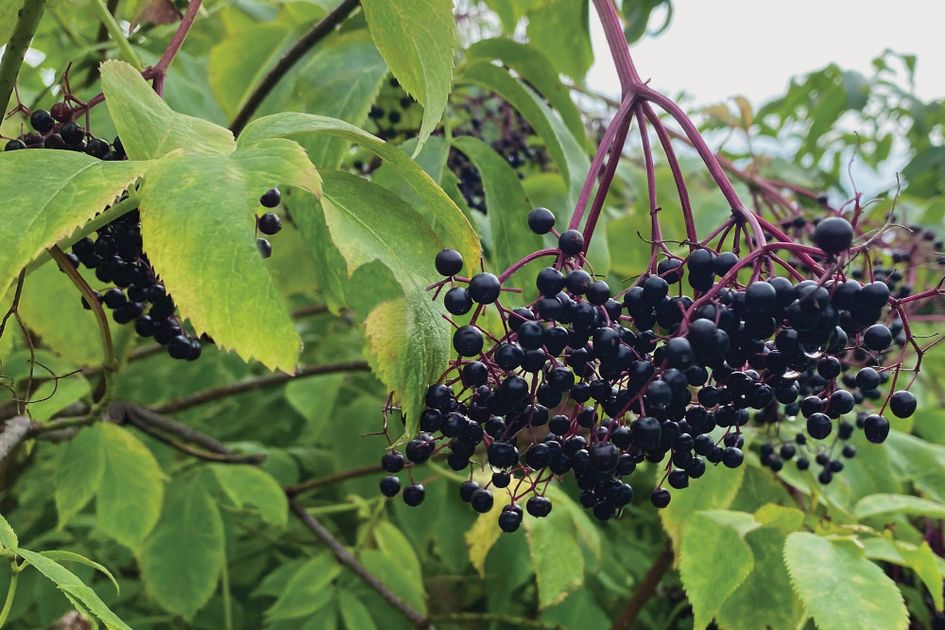
Why Grow Elderberries?
Beyond their ornamental appeal, elderberries (Sambucus nigra, Sambucus canadensis) offer a range of benefits:
- Rich in antioxidants, vitamin C, and flavonoids
- Renowned for their immune-supporting properties
- Used in syrups, teas, wines, jams, and natural remedies
- Easy to grow in various climates
- Attractive, fast-growing shrubs ideal for hedgerows or wildlife gardens
A single mature elderberry shrub can yield up to 12–15 pounds of fruit per season!
Where Do Elderberries Grow Best?
Elderberries thrive in USDA hardiness zones 3–9, making them suitable for a wide range of climates, from cooler northern regions to milder southern states.
Ideal Growing Conditions:
- Sunlight: Full sun to partial shade (more sun = more berries)
- Soil: Moist, well-drained, loamy soil rich in organic matter
- pH: Slightly acidic to neutral (5.5–6.5)
- Water: Prefer consistent moisture but tolerate occasional drought once established
Elderberries naturally grow along riverbanks, woodlands, and fence lines, but they adapt well to home gardens.
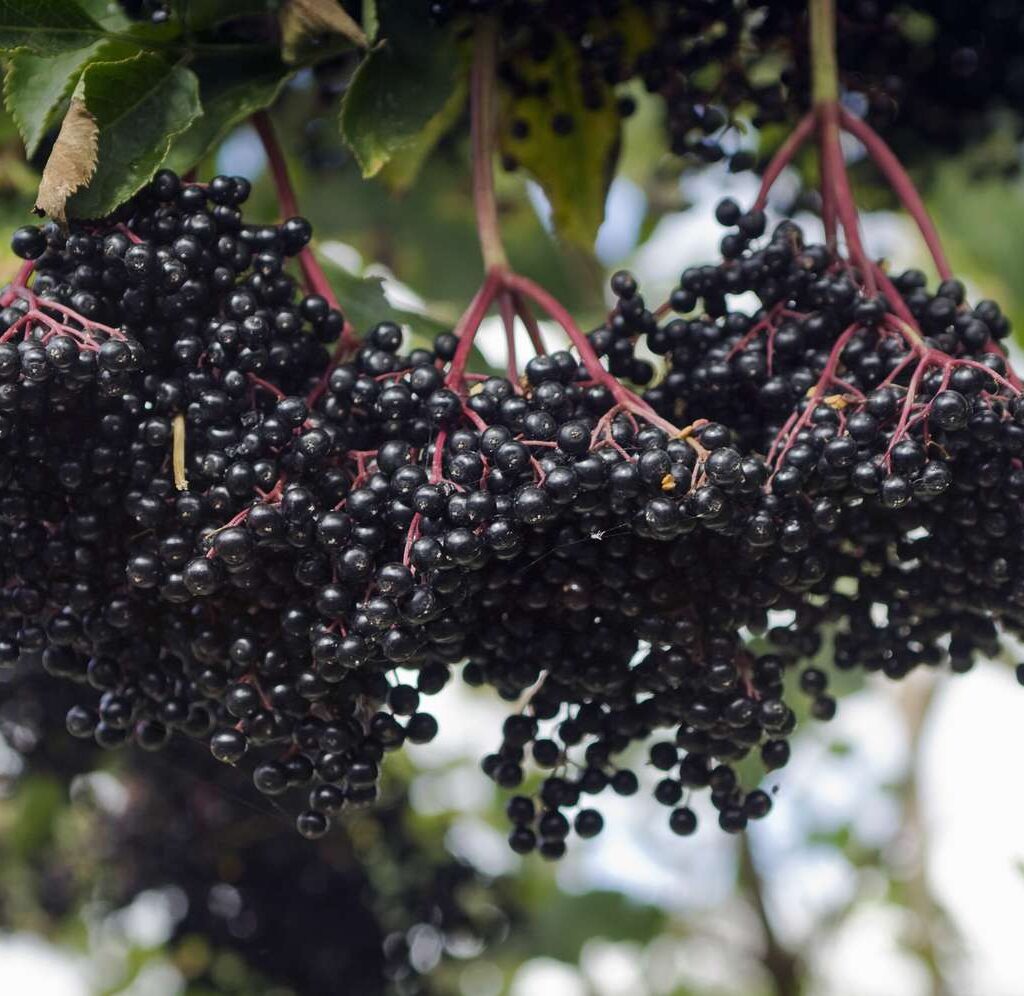
Choosing the Right Elderberry Varieties
While wild elderberries grow throughout much of North America, cultivated varieties produce larger, more flavorful fruit. Here are popular choices for home gardeners:
- ‘Adams’ – Large fruit clusters, cold-hardy, ripens mid-late summer
- ‘York’ – Very large berries, excellent for syrup and jam, late season
- ‘Nova’ – Early-bearing, good flavor, less vigorous (ideal for smaller spaces)
- ‘Bob Gordon’ – Heavy yields, excellent syrup quality, upright habit
- ‘Wyldewood’ – Large clusters, hardy and productive
Tip: Plant at least two different varieties for cross-pollination and higher yields.
How to Plant Elderberries
When to Plant:
The best time to plant elderberries is early spring or fall, when temperatures are cool and soil moisture is consistent.
Where to Plant:
Select a spot that offers:
- At least 6 hours of sun per day
- Protection from harsh winds
- Moist, fertile soil with good drainage
Planting Instructions:
- Space plants 6–10 feet apart in rows or clusters
- Dig a hole twice as wide and as deep as the root ball
- Mix organic compost or aged manure into the planting hole
- Place the plant at the same depth it grew in the nursery pot
- Backfill with soil and water thoroughly
- Apply a 2–3 inch layer of organic mulch around the base to retain moisture
Note: Elderberries spread via underground suckers — leave room for growth or install root barriers if needed.
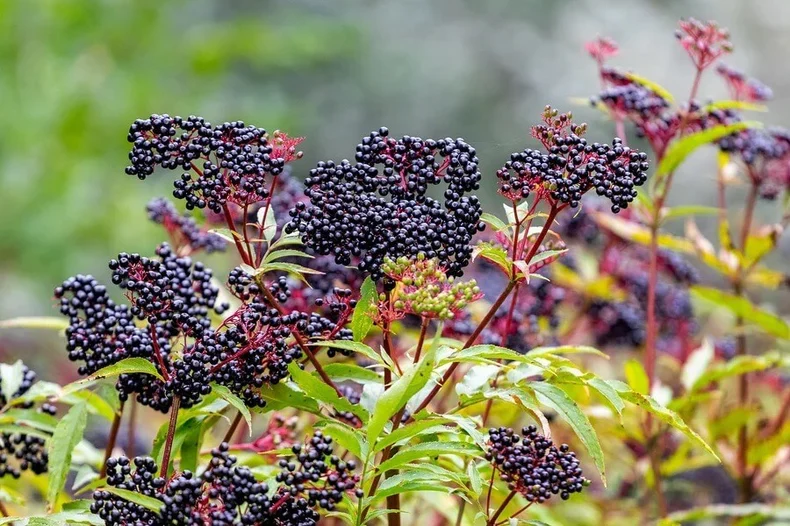
How to Care for Elderberries
Elderberries are relatively low-maintenance but benefit from regular care in their early years.
Watering:
- Water young plants deeply and consistently for the first two years
- Mature shrubs need about 1–2 inches of water per week
- Use mulch to conserve moisture and suppress weeds
Fertilizing:
- In early spring, apply a balanced 10-10-10 fertilizer or composted manure
- Avoid excessive nitrogen, which encourages leaf growth over fruiting
Pruning:
Prune elderberries in late winter or early spring before new growth appears.
How to prune:
- Remove dead, weak, or damaged canes
- Cut back older canes after 3–4 years to encourage new growth
- Thin the plant to improve air circulation and light penetration
Pro tip: Elderberries fruit best on 1- to 3-year-old canes.
Elderberry Pests and Problems
Elderberries are hardy and relatively pest-resistant, but watch for:
- Aphids: Control with insecticidal soap or strong water sprays
- Elder shoot borers: Prune and destroy infested stems
- Birds: Protect ripening berries with bird netting
Diseases like powdery mildew or leaf spot are rare in healthy, well-spaced plants.
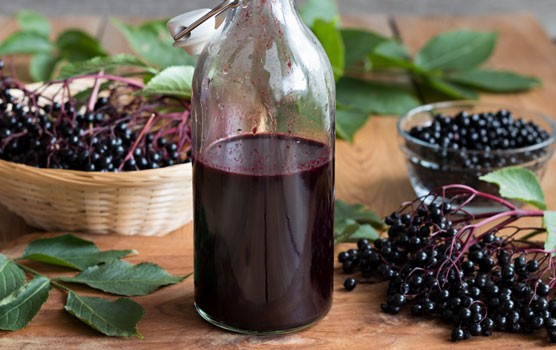
Harvesting Elderberries
When to Harvest:
Elderberries ripen in mid to late summer (July–September), depending on your region and variety.
Signs of ripeness:
- Deep purple-black color
- Clusters droop slightly under the weight
- Berries detach easily from stems
Important: Only harvest fully ripe, dark berries — unripe berries and other plant parts contain compounds that can cause nausea if consumed raw.
How to Harvest:
- Use sharp pruners or scissors to cut entire clusters
- Handle gently to avoid crushing
- Remove berries from stems immediately after picking
- Store fresh elderberries in the refrigerator for up to 3 days or freeze for later use
How to Make Immune-Boosting Elderberry Syrup
Homemade elderberry syrup is a popular, natural way to support immunity. Here’s a simple, effective recipe using fresh or frozen berries:
Ingredients:
- 1 cup fresh or ½ cup dried elderberries
- 3 cups water
- 1 tablespoon fresh ginger (grated)
- 1 cinnamon stick
- 3–5 cloves
- 1 cup raw honey (adjust to taste)
Instructions:
- In a saucepan, combine elderberries, water, ginger, cinnamon, and cloves
- Bring to a boil, then reduce heat and simmer for 45 minutes
- Remove from heat and let cool slightly
- Mash berries to release juices, then strain through a fine mesh or cheesecloth
- Stir in honey while mixture is still warm (but not hot)
- Pour into sterilized glass jars and refrigerate
Dosage:
Adults: 1 tablespoon daily
Children: 1 teaspoon daily
Increase frequency to 2–3 times daily at the onset of cold symptoms.
Note: Never consume raw elderberries or leaves as they may cause digestive upset.
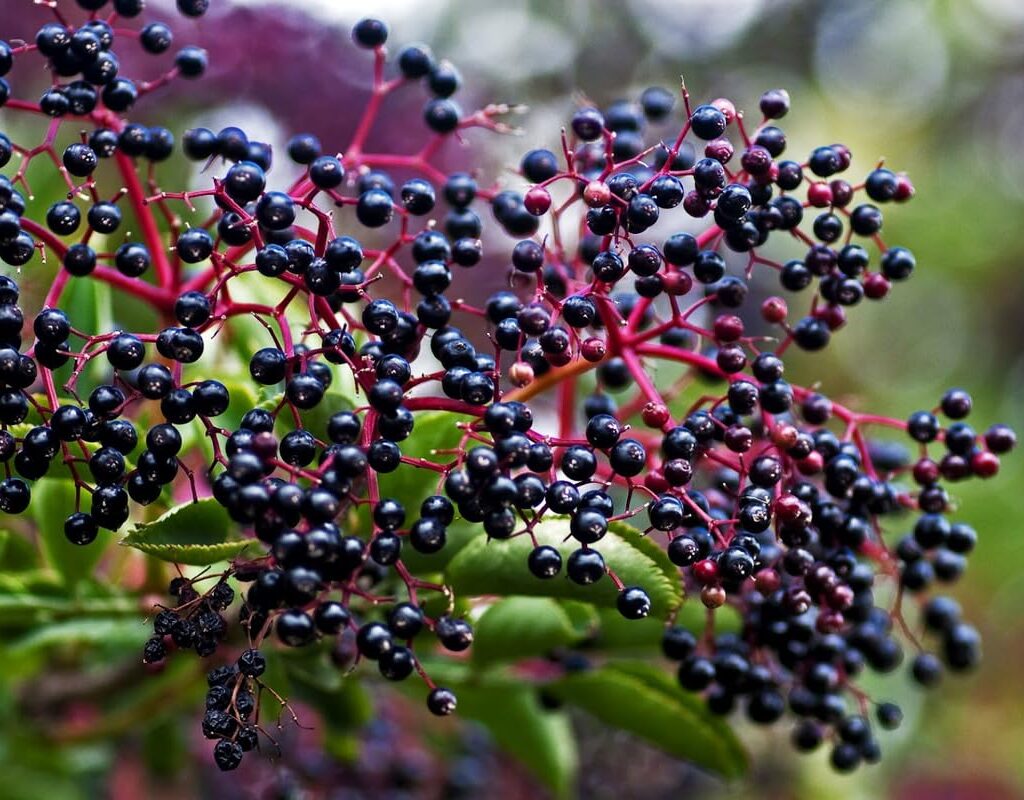
Propagating Elderberries
Want to grow more elderberries? It’s easy!
Softwood Cuttings (Early Summer):
- Take 6–8 inch cuttings from new green growth
- Remove lower leaves and dip cut ends in rooting hormone
- Plant in moist potting mix and keep humid until rooted
Hardwood Cuttings (Late Winter):
- Cut 8–12 inch sections from dormant canes
- Plant directly outdoors or in containers before spring bud break
Final Thoughts
Growing elderberries is a rewarding addition to any edible landscape, offering not just beauty but practical health benefits. With just a little care, you can enjoy abundant harvests of nutrient-rich berries perfect for making your own immune-boosting elderberry syrups, teas, and preserves.
Whether you have a spacious backyard or a small garden border, these hardy, fast-growing shrubs are well worth the effort. So why not start your own elderberry patch this season and enjoy a natural, homegrown remedy for years to come?

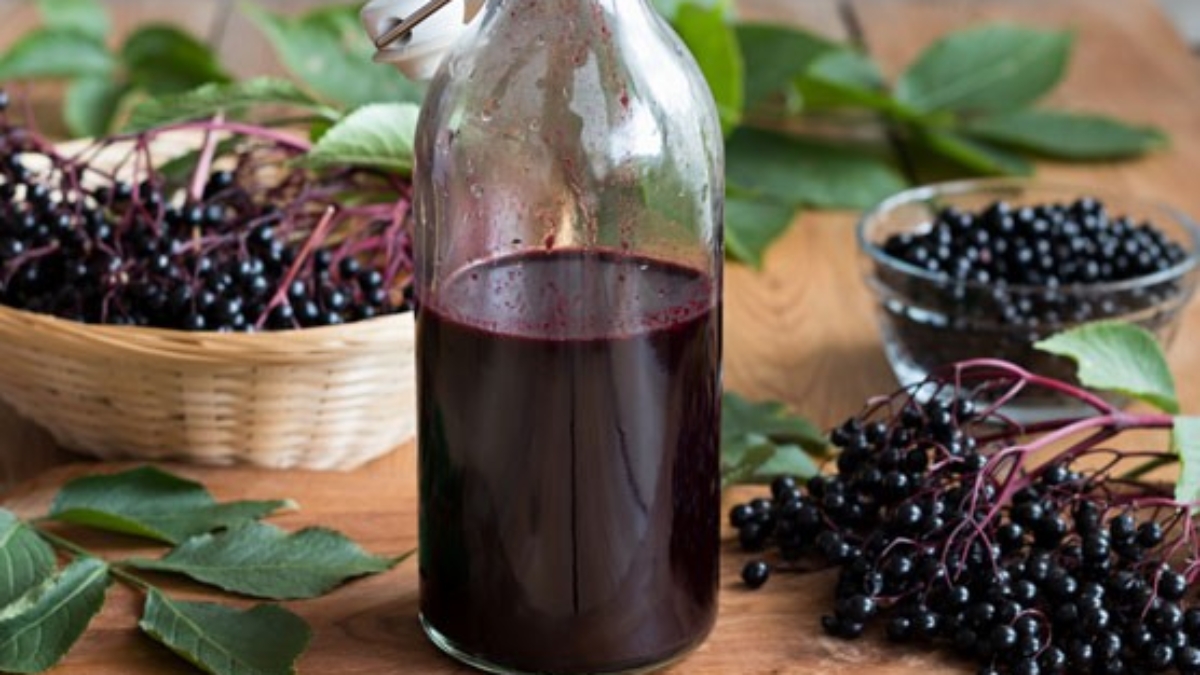




Leave A Comment